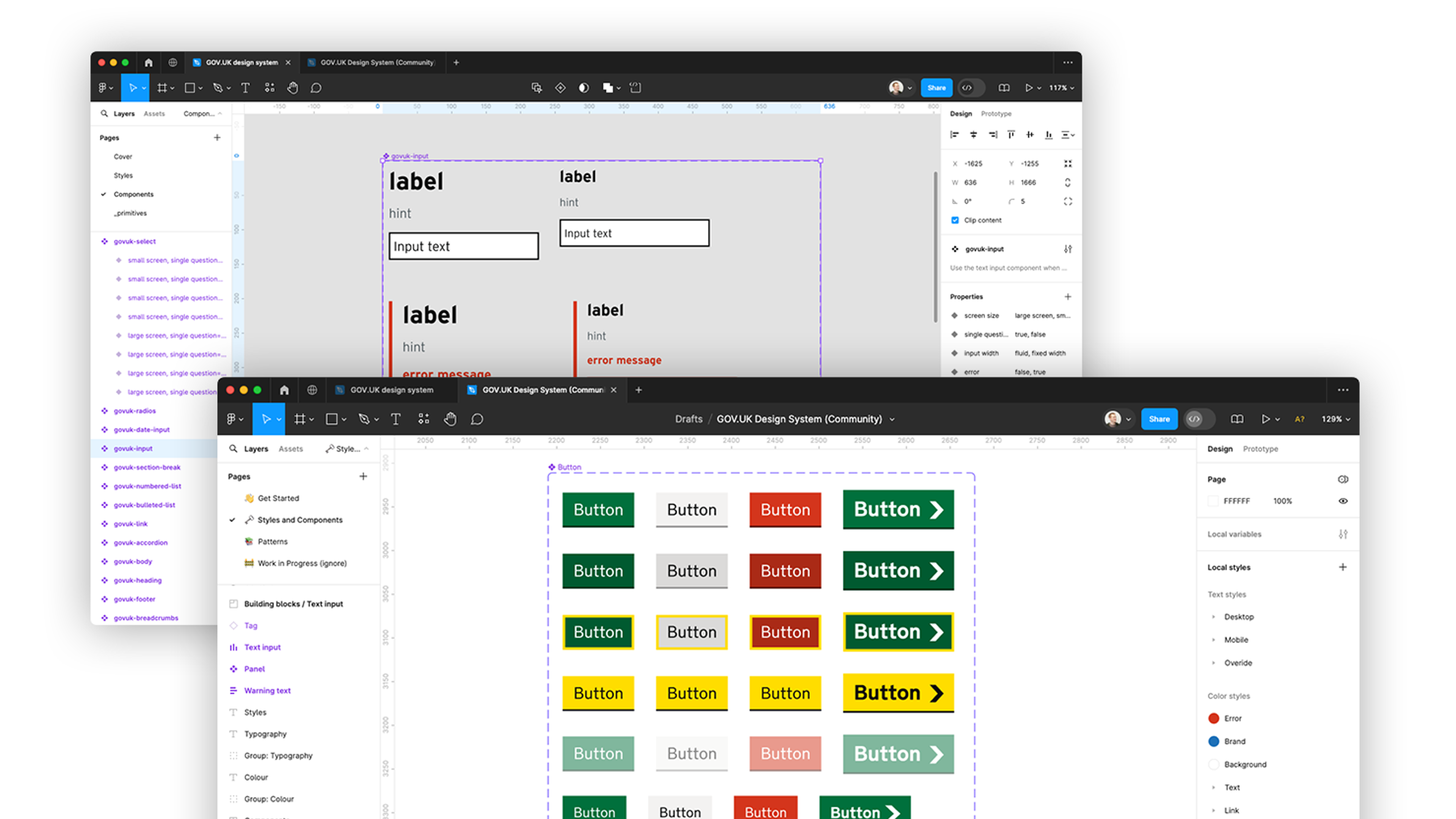Writing Estate Agent Property Descriptions
Of course, this is unfair, and there are good and bad examples of writing in any profession. But there is something about “laid predominantly to lawn”, “rendered brick elevations” and “comprising of” that really get under the skin.
Fortunately, Cambridge’s leading estate agent is committed to excellence in every aspect of their marketing, including the copy. I recently trained TuckerGardner staff in how to write effective property descriptions.

TuckerGardner were asked where they though they came on a graph of local estate agent readability scores (the lower the better)
In an interactive workshop, we looked at the purpose of the description in context – from website to mobile to printed brochure, and in the eyes of the seller and the writers as well as to potential buyers.
The estate agents tried exercises to make their writing more readable, and then we talked through style: avoiding grammatical mistakes, clichés and overblown language. The final part of the workshop focused on making the descriptions compelling. They are, after all, an opportunity to sell a house and not just describe it.
Listening to TuckerGardner staff and going through their writing made me realise that writing good property descriptions is actually quite difficult. There are many people to please, there is an awful lot of repetition, and it is hard to describe something static without prose becoming too passive. After the training, TG should at least be better equipped to tackle the challenge head on.
Ready to solve your problems?
We'll help meet the challenges facing your growing business. Get in touch and tell us what you need, the team can't wait to hear from you.
Contact us![2295X1200 Social Media [ All ] 01](https://fluent-umbraco-hwduaufvc9h8gbad.uksouth-01.azurewebsites.net/media/scujluzj/2295x1200-social-media-all-01.jpg?width=3840&height=2160&quality=70&format=Webp)

